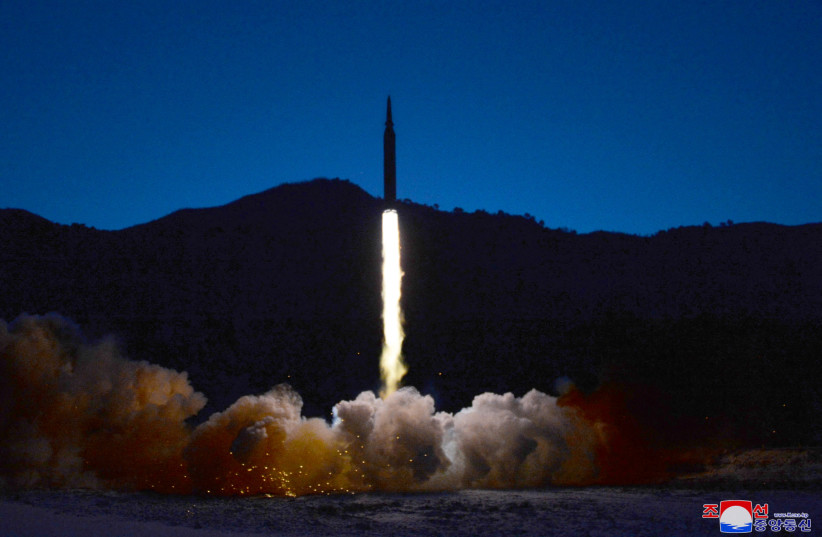Russia is continuing the development of advanced hypersonic weapons, Russian Deputy Prime Minister Yuri Borisov told the Russian news outlet Interfax last Monday.
<br>Next-generation hypersonic missiles
"Work is underway to create a new generation of hypersonic missiles for land, air and sea platforms," Borisov told Interfax. "In terms of their characteristics, they will surpass the existing and future developments of the leading states."
Borisov said tests were underway arming Tupolev Tu-22 supersonic bombers with the next-generation weapons.
However, there have been some delays in the development of new hypersonic weapons, in particular the new Zircon hypersonic missile. The air-to-ground version of the missile was delayed, reportedly due to a work backlog, in favor of the naval version of the weapon.
<br>Upgrading the Kinzhal missile
Borisov told Interfax that the main focus was to develop new hypersonic weapons and to improve the efficiency, range and accuracy of preexisting platforms such as the Kh-47M2 "Kinzhal" missile, which was reportedly used for the first time in Ukraine in a mid-March strike on a military base, according to Russian state media outlet RIA.

"There is nothing like Kinzhal in any state of the world," Borisov told Interfax. "A missile flying at a speed exceeding the speed of sound by more than 10 times, and at the same time maneuvering along the entire trajectory of its flight, is really impossible to be intercepted by air defense systems."
<br>Pentagon monitors Russian hypersonic weapon use
The Pentagon has been tracking the use of hypersonic missiles. A senior US defense official last Tuesday said that around a dozen hypersonic weapons were used by Russia during the war in Ukraine.
"We have seen the Russians use hypersonic missiles in the past over the last 75-plus days, largely to hit buildings," said Pentagon Press Secretary John F. Kirby. "They have not fired, from our assessment, a whole lot of hypersonic missiles. And it's a bit of a head-scratcher why you would use a hypersonic against a building."
<br>US developing hypersonic weapons
Last Tuesday, the US Department of Defense (DoD) announced that North Carolina Agricultural and Technical State University was given a $500,000 research grant to further the development of hypersonic technology.
The US Defense Department budget estimates from the April project that it will have hypersonic, land-launched missile batteries fielded by 2023's financial year. In 2025, it expects to have operational maritime hypersonic weapons, and in 2027 air-launched hypersonic cruise missiles.
The US conducted a successful test of a Lockheed Martin Hypersonic Air-Breathing Weapon Concept (HAWC) launched from a B-52 bomber in mid-March, but kept it under wraps in order to avoid escalating tensions with Russia, CNN reported in early April.
This was the second successful test of a hypersonic HAWC missile, the first conducted in September with a Raytheon HAWC, powered by a Northrop Grumman scramjet (supersonic combustion ramjet) engine.
Hypersonic missiles are projectiles that travel faster than Mach-5 (about 3,800 mph, 6,100 km/h or 1.7 km. per second), which is five times the speed of sound. A missile traveling at Mach-5 could reach Washington from Moscow in about an hour and a half, and from Russia's Sakhalin Island above Japan to Hawaii in just over an hour.
These weapons challenge modern missile defense systems with their speed and maneuverability, even in the upper atmosphere, US Defense Department officials have warned.
